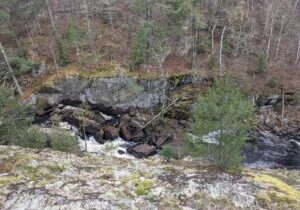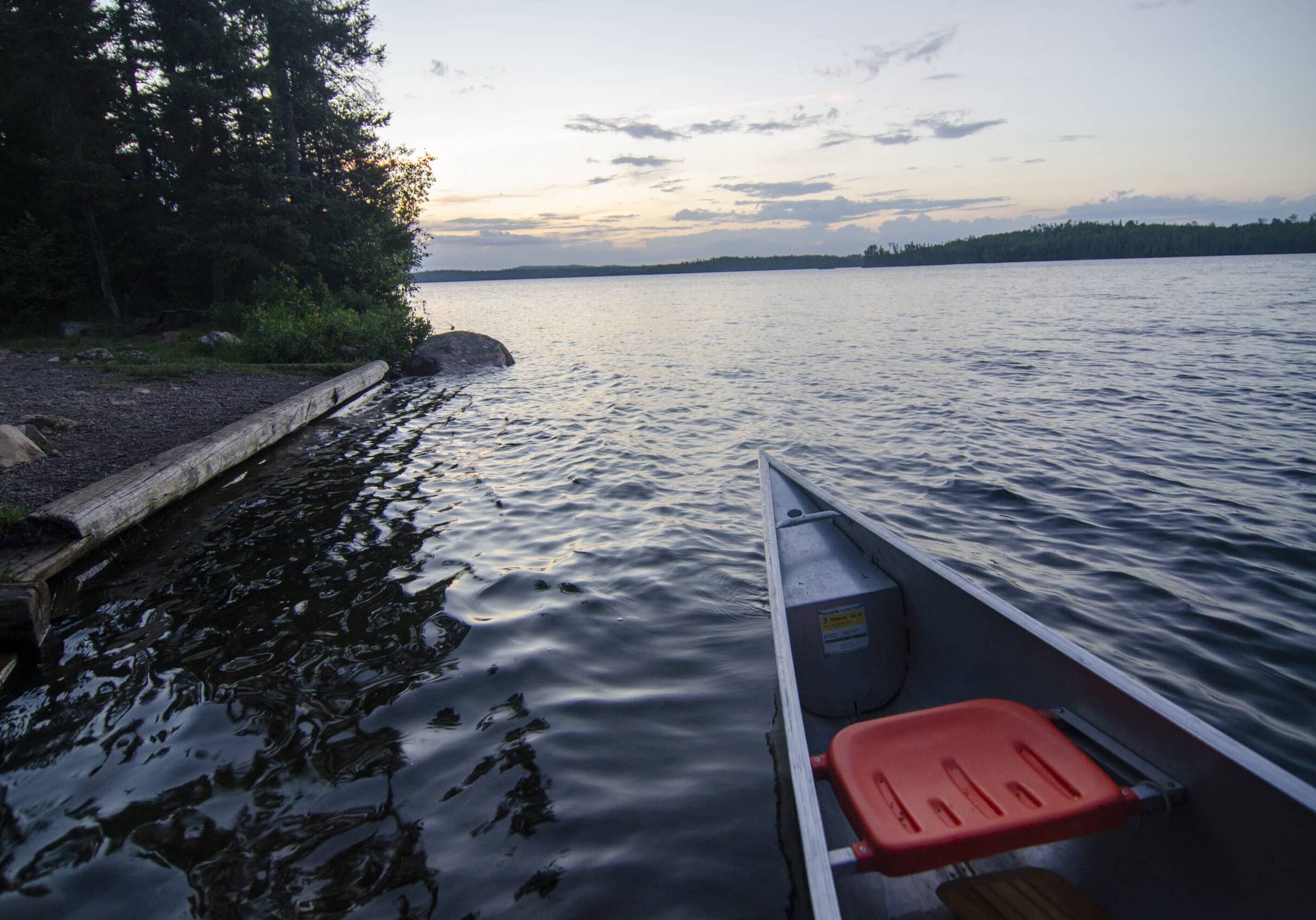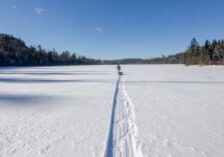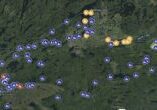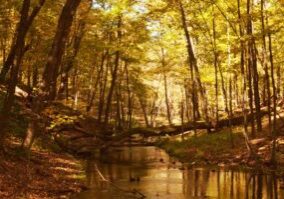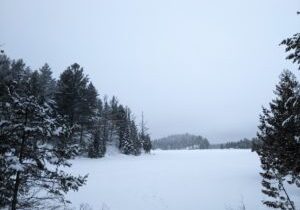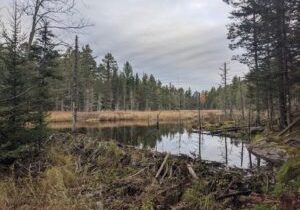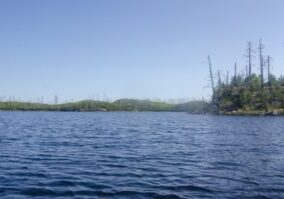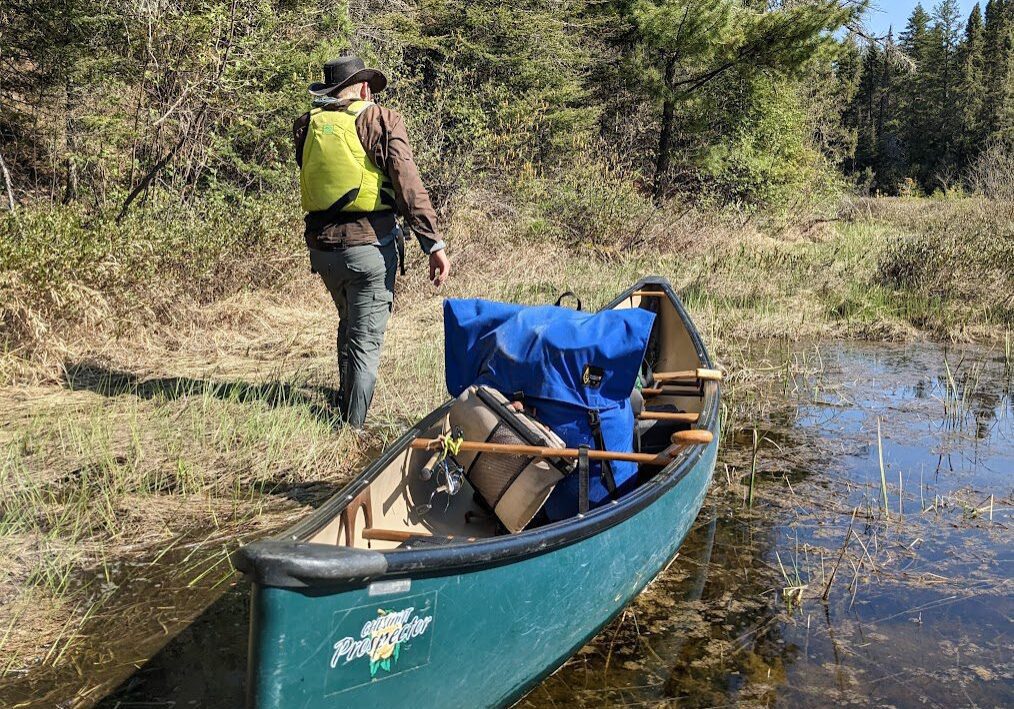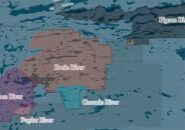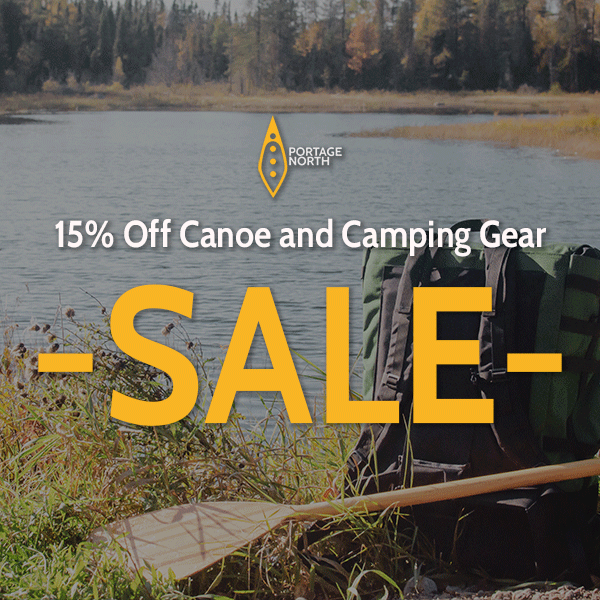Sign up for our newsletter to receive updates about new articles, great deals, and information about the activities you love and the gear that makes them possible:
Have You Read Our Other Content?
Map Mondays – Week 12 – Little Indian North to Moose River North
As part of our continuing series on the “route planning game,” we are creating routes using randomly selected entry points, exit points, and number of days to create unique and fun BWCA routes. This route works through parts of the BWCAW’s far western end from the furthest west EP of the BWCA through big lakes…
The Best BWCA Entry Points for Every Winter Activity
With lake ice quickly becoming travelable, many of us are dreaming about where in the BWCA we’ll head this winter. Winter is a peculiar contrast to summer in this neck of the woods. A whole different gear set is required to travel and stay safe (more on that in future articles.) Accessibility becomes much harder…
A Bird’s Eye of the BW – Telling the Story from Above
It started as a funny game of sorts. As I was scrolling past google satellite imagery dreaming of future canoe country routes and trip plans, I would begin noticing the occasional canoe group on the photos. I soon began looking for them. It was a game of “I spy,” picking out small floating canoes and…
8 Great Places to Canoe/Kayak Camp this Fall in Minnesota
Fall is a magical time of the year to get out and enjoy nature. And for me, I think it’s my favorite season to head out in a canoe to relish in the fleeting days of open water. The Boundary Waters are so special this time of year, and next week’s article will cover how…
A Wilderness of the People – The 2023 Boundary Waters Canoe Area Wilderness Situational Assessment
The June 28th USFS newsletter contained the results of a six-month-long survey with confidential feedback from 100 individuals representing a wide scope of BWCAW users, affiliated businesses, nonprofits, and managing agencies. Their survey delved deep into the complexities of managing America’s busiest, and often one of the most complicated and controversial, wilderness areas. The results…
Is it possible to visit EVERY lake in the BWCA?
This is one of those funny questions. I don’t know if other major BWCA trip enthusiasts have had to encounter it, but I certainly have. It usually comes from someone that isn’t that familiar with the Boundary Waters who, upon hearing of your adventures and how much time you’ve spent, wonders if you’ve been to…
The BWCAW Permit and Visitor Use Report
At the end of July, last year’s visitor use report was published by the USFS. It notes current statistics and trends in visitor numbers and activities. It also provides a unique benchmark which, along with past visitor surveys (and more major studies from 2007, 1992, and 1969) gives a glimpse into the people utilizing the…
From the Boundary Waters to Superior – How the Water Falls
The Boundary Waters are one of the premier destinations in Minnesota and across the Midwest, but, as far as water is concerned, the Boundary Waters are not the end of the journey, but the beginning. Most people enthusiastic about the Boundary Waters know that it is divided into two watersheds along an invisible line known…


